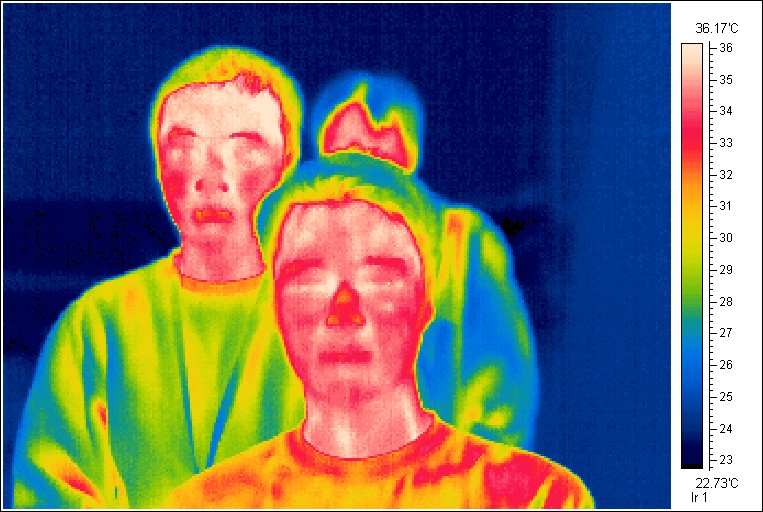Perhaps we could explore Squarewave's idea further...
There is increasing pressure to not completely trash the economy by shutting it down completely to flatten the infection spread curve, too long.
Givens:
- we cannot completely stop the spread of this virus, only slow it. (This is good enough if we can flatten the growth curve enough to avoid overloading health care capacity, while ramping up that capacity.)
- this is a novel virus so inadequate herd immunity, and no vaccines (yet). The virus will probably return next year, mutated or not.
- short term social distancing strategies are not compatible with full economic functionality
Risk:
-exposing susceptible populations to virus that can result in death from a shared workplace.
-young people contracting virus harmlessly to themselves but exposing older family members who are at risk.
Options:
-Increased testing by orders of magnitude, so not only can everybody be tested, but people in contact with others can get retested regularly. Instead of dividing population by age or risk profile, test for infection history/status.
Stuff I do not know... After people contract covid-19, survive and regain health, presumably they are not contagious or susceptible to reinfection?
So we may need more than two groups.
1-infected but recovered and healthy
2-not infected at risk
3-not infected low risk
4-infected and contagious
We need to figure this out because we can't remain shut down for too long. Apparently infected individuals can be symptomless so not simple to ID all #4s
I have been sheltering in place for decades, so I am not talking about me.
JR
PS: This still sounds like bad science fiction.
There is increasing pressure to not completely trash the economy by shutting it down completely to flatten the infection spread curve, too long.
Givens:
- we cannot completely stop the spread of this virus, only slow it. (This is good enough if we can flatten the growth curve enough to avoid overloading health care capacity, while ramping up that capacity.)
- this is a novel virus so inadequate herd immunity, and no vaccines (yet). The virus will probably return next year, mutated or not.
- short term social distancing strategies are not compatible with full economic functionality
Risk:
-exposing susceptible populations to virus that can result in death from a shared workplace.
-young people contracting virus harmlessly to themselves but exposing older family members who are at risk.
Options:
-Increased testing by orders of magnitude, so not only can everybody be tested, but people in contact with others can get retested regularly. Instead of dividing population by age or risk profile, test for infection history/status.
Stuff I do not know... After people contract covid-19, survive and regain health, presumably they are not contagious or susceptible to reinfection?
So we may need more than two groups.
1-infected but recovered and healthy
2-not infected at risk
3-not infected low risk
4-infected and contagious
We need to figure this out because we can't remain shut down for too long. Apparently infected individuals can be symptomless so not simple to ID all #4s
I have been sheltering in place for decades, so I am not talking about me.
JR
PS: This still sounds like bad science fiction.







![Electronics Soldering Iron Kit, [Upgraded] Soldering Iron 110V 90W LCD Digital Portable Soldering Kit 180-480℃(356-896℉), Welding Tool with ON/OFF Switch, Auto-sleep, Thermostatic Design](https://m.media-amazon.com/images/I/41gRDnlyfJS._SL500_.jpg)

























